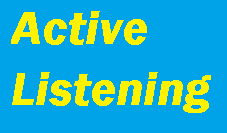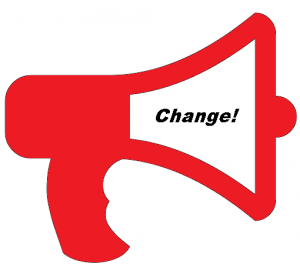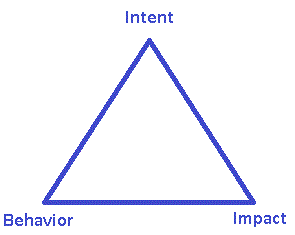 Time management – or task management, depending on your perspective – is a perennial hot topic in employee performance conversations. How can we get more productivity from the team? How can we deliver this huge project without adding people? How can we get more done with the resources we have?
Time management – or task management, depending on your perspective – is a perennial hot topic in employee performance conversations. How can we get more productivity from the team? How can we deliver this huge project without adding people? How can we get more done with the resources we have?
These are all valuable questions, and success at improving productivity using smarter time management techniques can pay big rewards. Keeping talented team members engaged in the important, rather than diving into the trivial, is a big part of the discipline. It must be said that senior leaders have a critical role to play, as well, by giving teams every opportunity to succeed. Here are some points to consider about how you and your organization’s executives lead, and how they might be hurting results.
Meetings. Everyone complains, “We have too many meetings!” Yet, we all continue to have them, and they are not all worthwhile. To be more direct, many are a waste of time, burning mountains of money. One estimate places the tab at $37 billion in lost salaries spent on bad meetings in the US alone. Before you have a meeting, ask yourself some questions. Do we need to have it? What if we don’t have a meeting? What will happen? Is there a better and more efficient way to communicate?
Schedules. Some organizations have moved to a work anywhere, anytime model, or at least flexible scheduling that respects employees’ lives and priorities. Are your people spending their best times – prime time when they are most mentally on – commuting or working a schedule that does not meet any business need other than “that’s the way we’ve always done it”?
Technology. This might seem like a no-brainer, but is worth a moment. Does your company have the technology – hardware, software and infrastructure – to be as efficient as possible? Conversely, are you clinging to old technology to save the capital expense, when an investment today can pay dividends for years to come.
Prioritization. Do your performance evaluations and management actions keep employees focused on the most important things? Do your senior leaders have a clear vision of what those things are? Do they explain the reasons for priorities to get buy-in from followers? Sometimes, realignment of priorities can get talented people moving more directly toward the goal. Try this: ask an employee at random, “What are you paid to do here?” Listen for the first response. Is it what you expected? Did the employee struggle? If you aren’t happy with the answer, look in the mirror and ask yourself, “Why doesn’t my team know what is important?”
We could generate a much longer list of time management traps, but this will get you started. Look at time management success as a priority for leadership and consider how your top people can make everyone more productive. It will be worth the effort.
===
Learning Dynamics offers custom learning and development programs on topics including time management and effective communication. Contact us today or visit our programs page to learn more.



